Audrey Hepburn once said: "When I wear a silk scarf I never feel so definitely a woman, a beautiful woman".
Silk scarves have always been a subtle embellishment for elegant women. It can not only decorate the neck, but also can be tied to the head, bag, or wrist. It has a unique style. Perhaps it can be said that nothing can express women's elegance and personal style more than silk scarves.
Under this endless pattern and color scheme, there are some complicated and sophisticated printing processes, today let’s learn more about them.
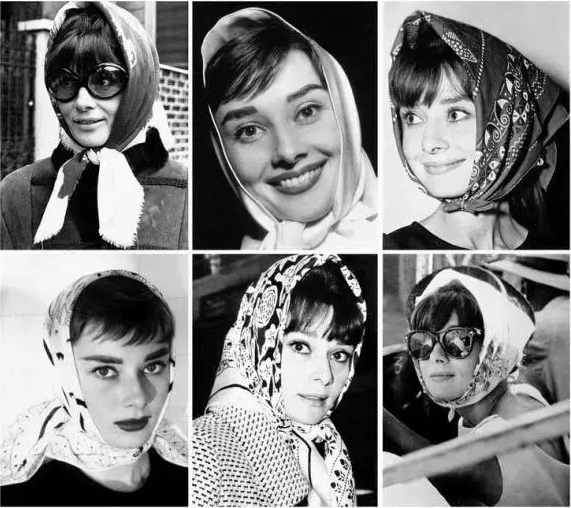
Basic concept of printing:
The process of printing floral patterns with a certain color fastness on silk scarves fabric with dyes or pigments.
The difference between printing and dyeing
A. Dyeing is to get a single color covered evenly on the silk scarves fabric.
B. Printing is to print patterns of one or more colors on piece of silk scarves fabric, which is actually partial dyeing exactly like inkjet printing on paper .
A. Dyeing is to coalesce dyestuff into silk scarves fabric through water as a medium.
B. In printing, Printing uses the sizing agent as the dyeing medium. The silk scarves fabric is starched and then combined with the dyestuff, after drying, steamed the silk scarves fabric to fix the color on fabric fiber. Finally, it is washed with water and some additives are added to remove the floating color and extra sizing.
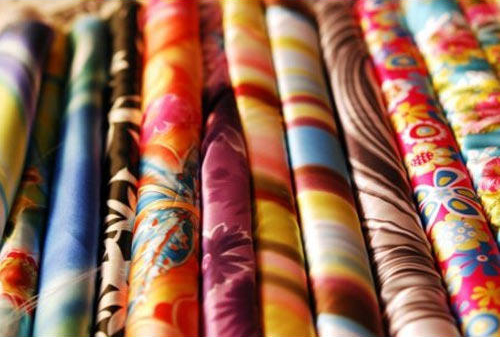
TraditionalPrinting Methods:
1. Wooden mold printing
Wood mold printing plate refers to the carved embossment pattern on the surface of hard wood, when printing, first dip the color paste on the embossment of the wood mold, and then press it on the specific pattern position of fsilk scarves fabric.
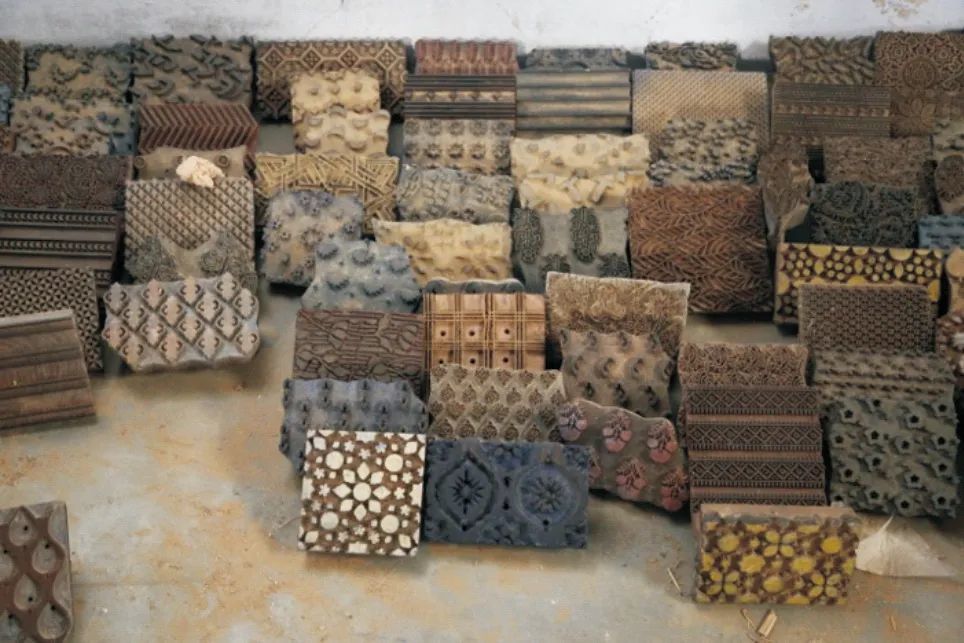
2. Hollow Printing
Hollow printing printing is to engrave the pattern on a smooth wood or cardboard, then place the pattern on the silk scarves fabric,by brushing pigment on silk scarves fabric through the hollow, and leave the block part empty to show the final pattern. The pigments used in printing are formulated with adhesives.
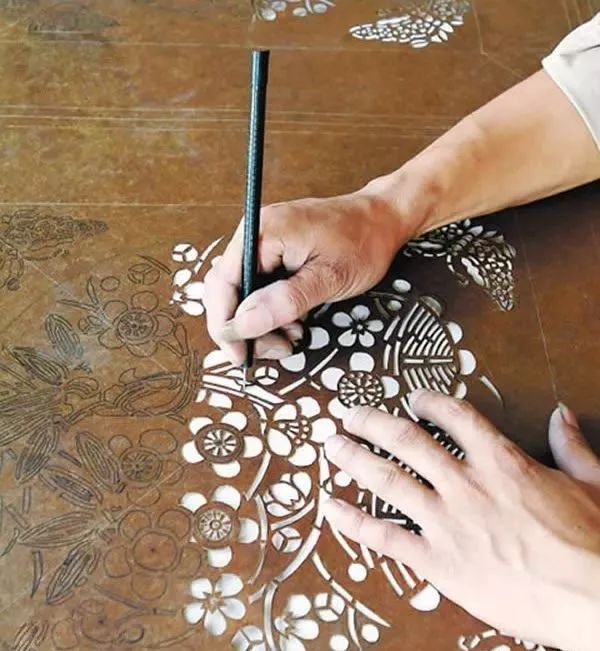
3. Tie-dye printing
The tie-dyeing process is divided into two parts: tie and dyeing,It uses thread, string or rope to bind, sew, tie or clip the silk scarves fabric together and then dye it. The dye fails to penetrate the tied sections. After drying, the silk scarves is untied to reveal irregular circles, dots, and stripes. Varicoloured patterns may be produced by repeated tying and dipping in additional colours.
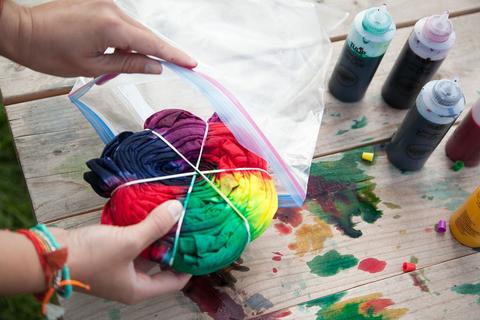
4. Batik printing
The basic principle of batik is to apply wax to the place where the pattern is needed (beeswax was used in ancient times, and mixed wax such as paraffin wax, beeswax, wood wax in nowadays), and then dip dyeing or brush dyeing to make the non-waxed parts of the fabric dye the desired color. Where there is wax, it retains the raw fabric color white or beige because the dyeing can’t penetrate into. Finally, the wax stains are removed in boiling water or a specific solvent to make the fabric appear pattern.
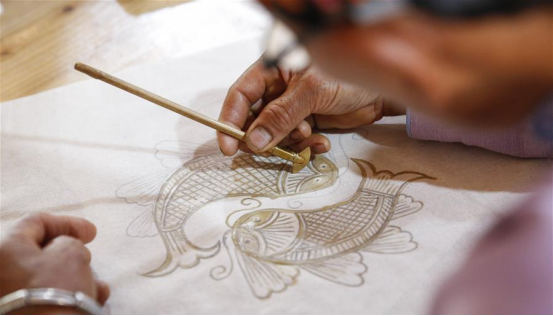
The ice pattern of batik is the characteristic that people admire. The formation of ice patterns is caused by the continuous rolling and infestation of the wax-painted fabric. The wax cracks during the process, and the dye solution is soaked on the white cloth through the cracks, leaving a natural pattern that is difficult to imitate artificially, like ice flowers and moire patterns.
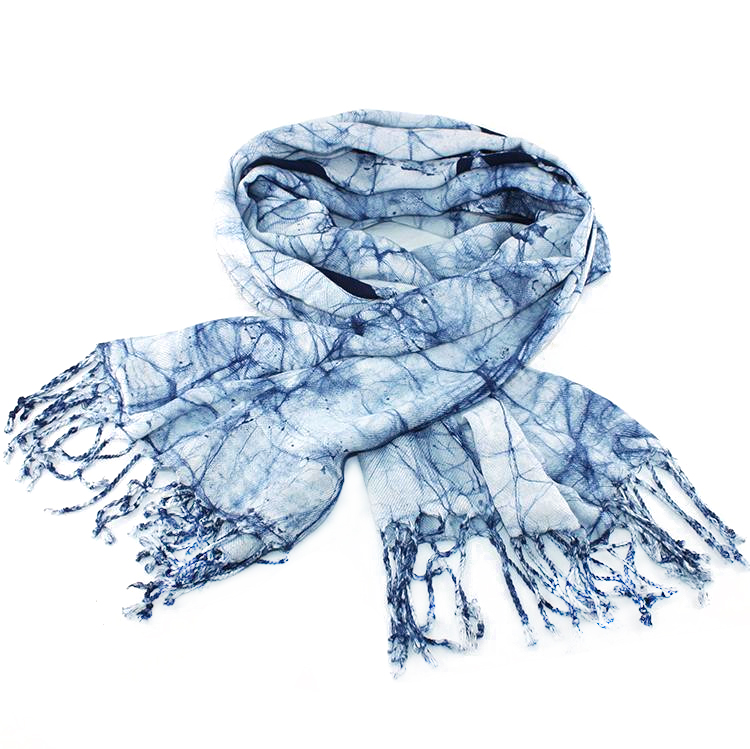
5. Splash printing
Splash printing is often used on silk fabric, hand painted the acid dyestuff on silkfabric. After splashing or brushing the dyestuff, sprinkle salt or use a dropper to drop high-concentration salt water onto the dyed part. With the salt diffuses, it will slowly shows abstract patterns like water drops, fireworks or meteors.
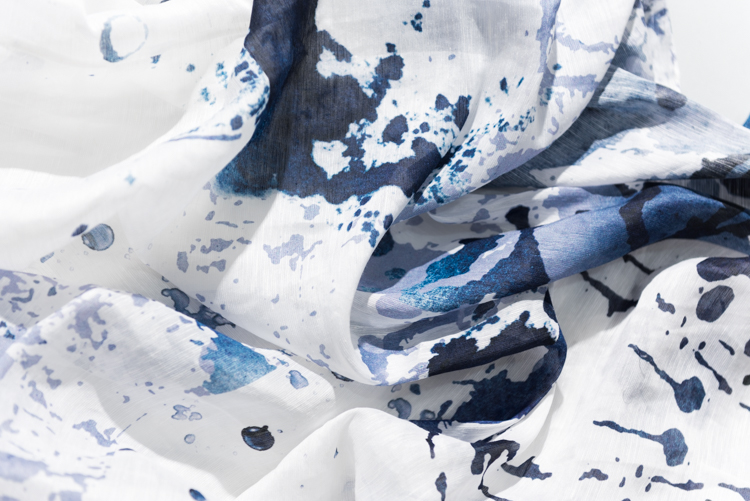
6. Hand Painting.
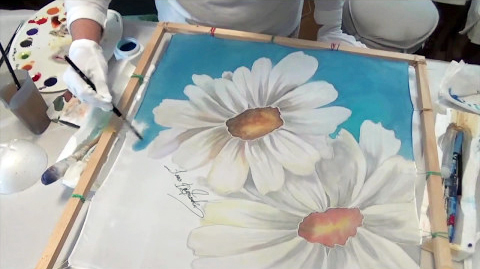
Modern Printing Methods:
1. Screen printing
Screen printing refers to the use of silk screen as a plate base, and through a photosensitive plate making method, made into a screen printing plate with pictures or texts. Screen printing consists of five major elements, screen printing plate, squeegee, ink, printing table and silk fabric. Use the basic principle that the mesh of the graphic part of the screen printing plate can penetrate the ink, and the mesh of the non-graphic part is blocked from ink penetrate for printing. When printing, pour ink on one end of the screen printing plate, use a squeegee to apply a certain pressure to the ink position on the silkscreen printing plate, and at the same time move toward the other end of the silkscreen printing plate at a uniform speed, the ink is moved by the squeegee from the image or textpart of the mesh is squeezed onto the silk fabrics
Screen printing include hand screen printing and machine screen printing.
Hand screen printing is printing silk fabric on a long plate (the plate is up to 60 yards). The printed cloth rolls are spread on the plate smoothly. The surface of the plate is pre-coated with a small amount of viscous material, and then the printing worker runs along the entire plate. The silk screen board continuously moves on silk fabric by hand, printing one color every time until all the fabrics are printed, and change another color screen to print.
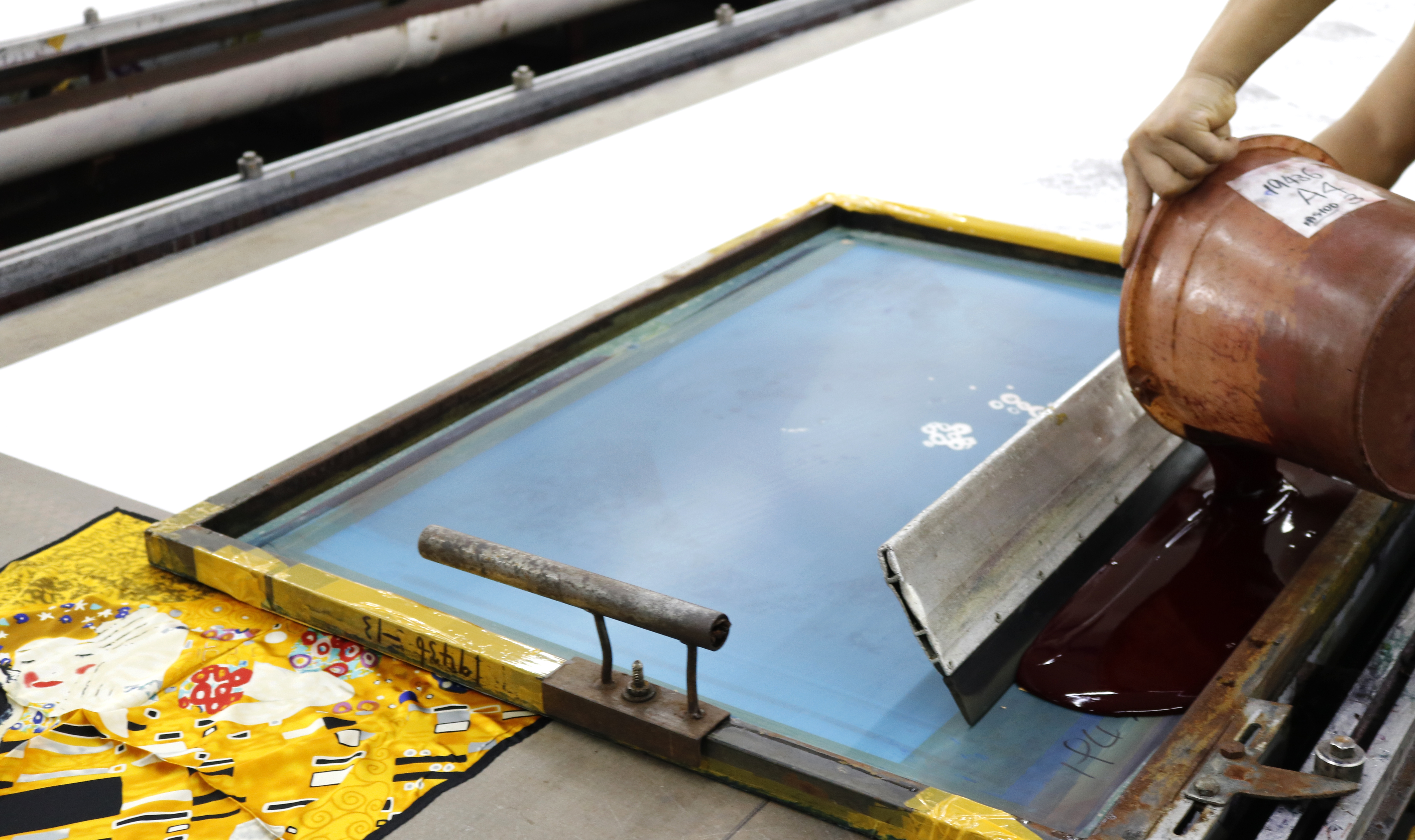
Machinescreenprinting is the same as hand screen except that the process is automated, so the speed is faster. After the printed fabric is transported under the screen through the conveyor belt, the machine automatically scrapes the dyestuff. After one color is completed, the fabric continues to be moved to the next different color screen until all colors printing on the roll of fabric are finished.
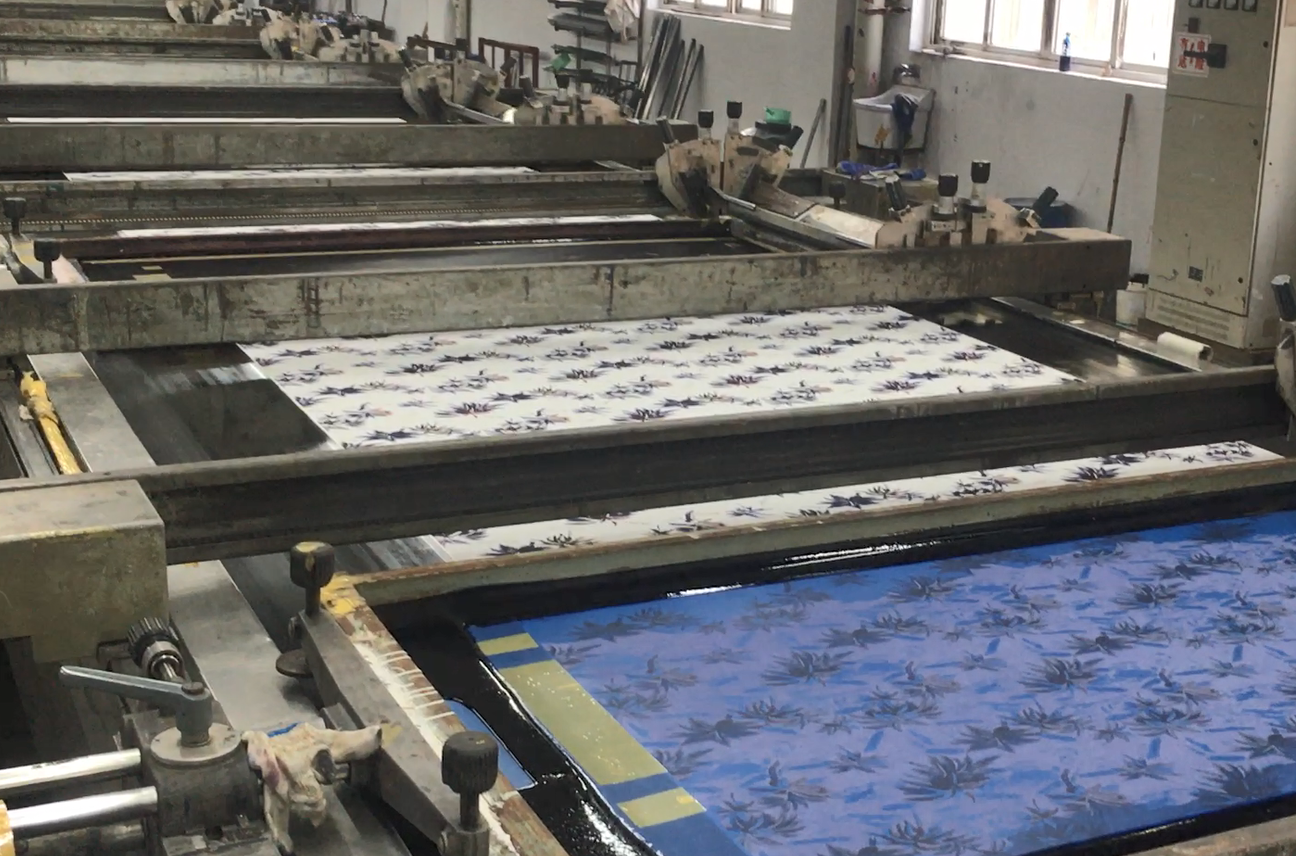
Compared with machine screen printing, manual printing is better in fineness, pattern accuracy and color penetration. Machine screen printing is now mainly used for printing on polyester and other low-cost fabrics.
2.Roller Printing.
Roller printing is like newspaper printing. It is a high-speed process that can produce more than 6000 yards of printed fabric per hour. In roller printing, the pattern is printed on the fabric through an engraved copper roller. When printing, the surface of the copper roller is first stained. Use a sharp and flat scraper to scrape off the color paste on the unengraved part of the copper roller, leaving the color paste in the concave pattern. When the flower tube is embossed on the fabric, the color paste is transferred to the fabric and printed For the pattern, the copper roller can be engraved with very delicate fine lines , so that it can print very detailed and soft patterns. For example, the paisley, the copper roller engraving is exactly the same as the pattern design artwork. Each design needs an engraving roller.
Due to the high cost and long consumption of roller preparation and equipment adjustment, it is not easy and economy to use this method for printing.The output continues to decline every year.
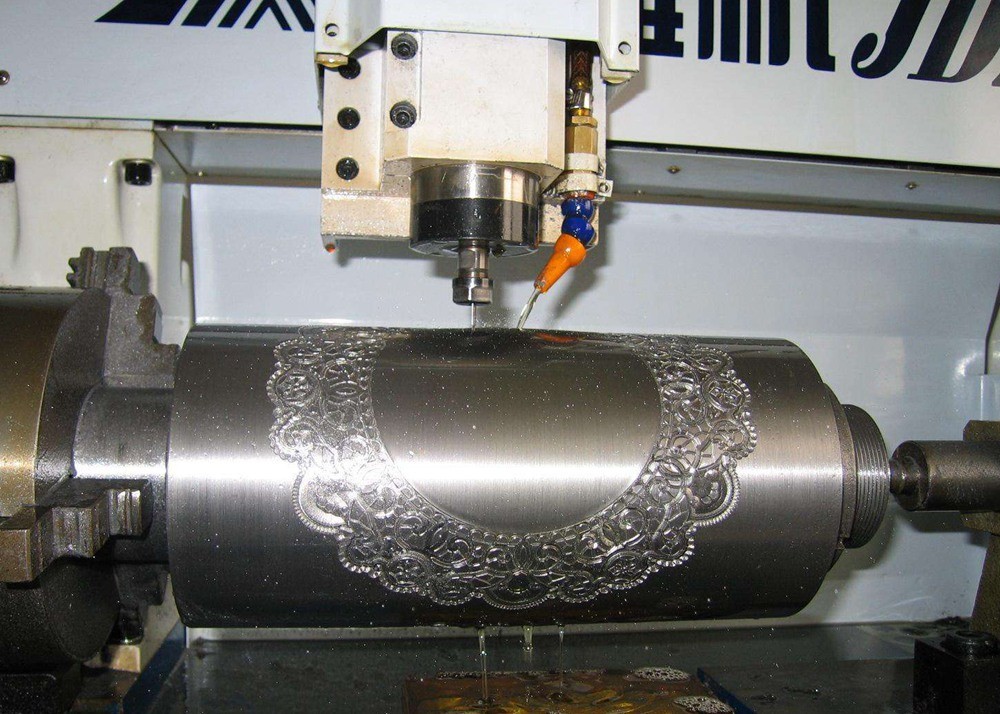
3.Rotary Screen Printing
A continuous method of printing in which a perforated cylindrical screen is used to apply color. Color is forced from the interior of the cylindrical screen onto the fabric.Like the other screen printing, rotary printing involves creating separate screens for each colour of the image too, one screen for each color. Rotary screen printing has the fastest production speed, greater than 3500 yards per hour.
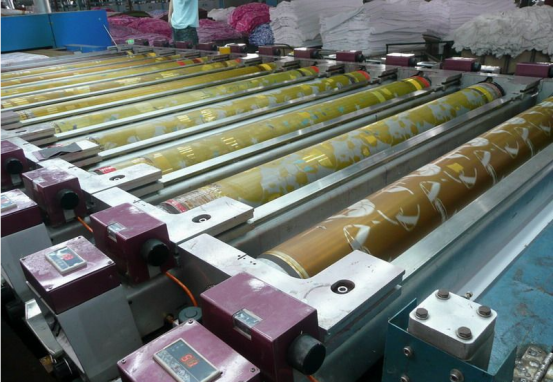
4.Heat Transfer Printing
Inheat transfer printing, first use disperse dyes and printing inks to print patterns on specialpaper, and then store the printing paper (also called transfer paper) for use in textile printing. When fabric printing, the transfer paper and the fabricare stuck together passingthrough a heat transfer printing machineat about 210°C (400T). Under such high temperature, the dye on the transfer paper sublimates and transfers onto fabric, the printing process is completed without further processing like steam or washing.
The process is relatively simple, and does not require the professional knowledge of roller printing or rotary screen printing. Disperse dyes are the only dyes that can be sublimated. Only apply to polyester fabrics.
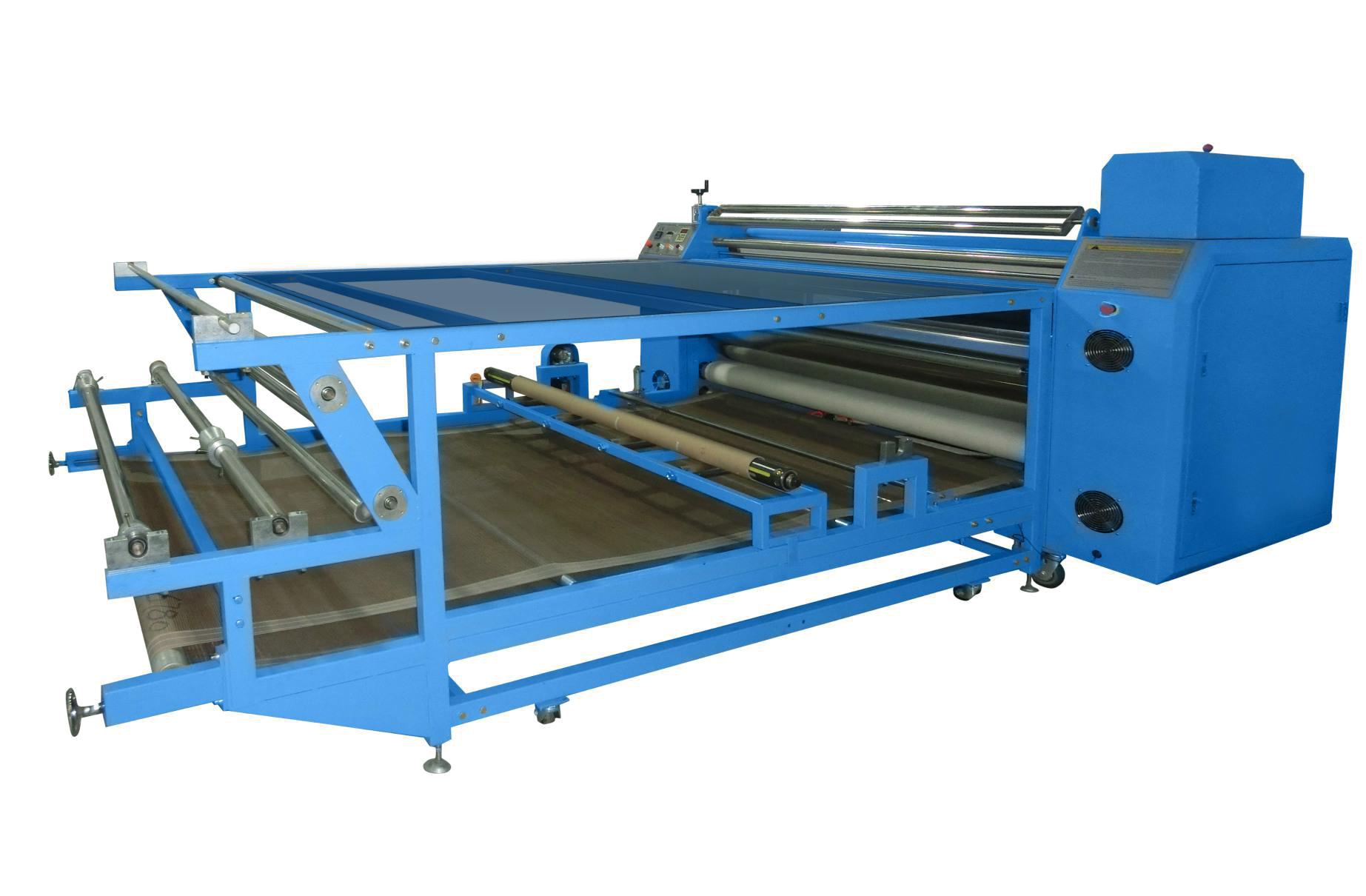
5.Digital Printing & Double-Sided Digital Printing
Digital printing is the process of printing digital-based images directly onto silk scarves fabrics. There is no need for a printing plate, unlike with offset printing. Digital files such as pdf, jpg, ai or tif or desktop publishing files can be sent directly to the digital printing press to print on, it is similar like ink-jet printing on paper, but printing on silk fabric requires pre-sizing to make dyestuff better penetrate into silk fabric, also steaming and washing are required as well to make color fixed on silk fabric. An advanced double sided digital printing is widely used for silk scarves, which allows to print on silk scarves two times on each side with same or totally different patterns, with a special sizing agent to prevent colors on both sides from interpenetrating.
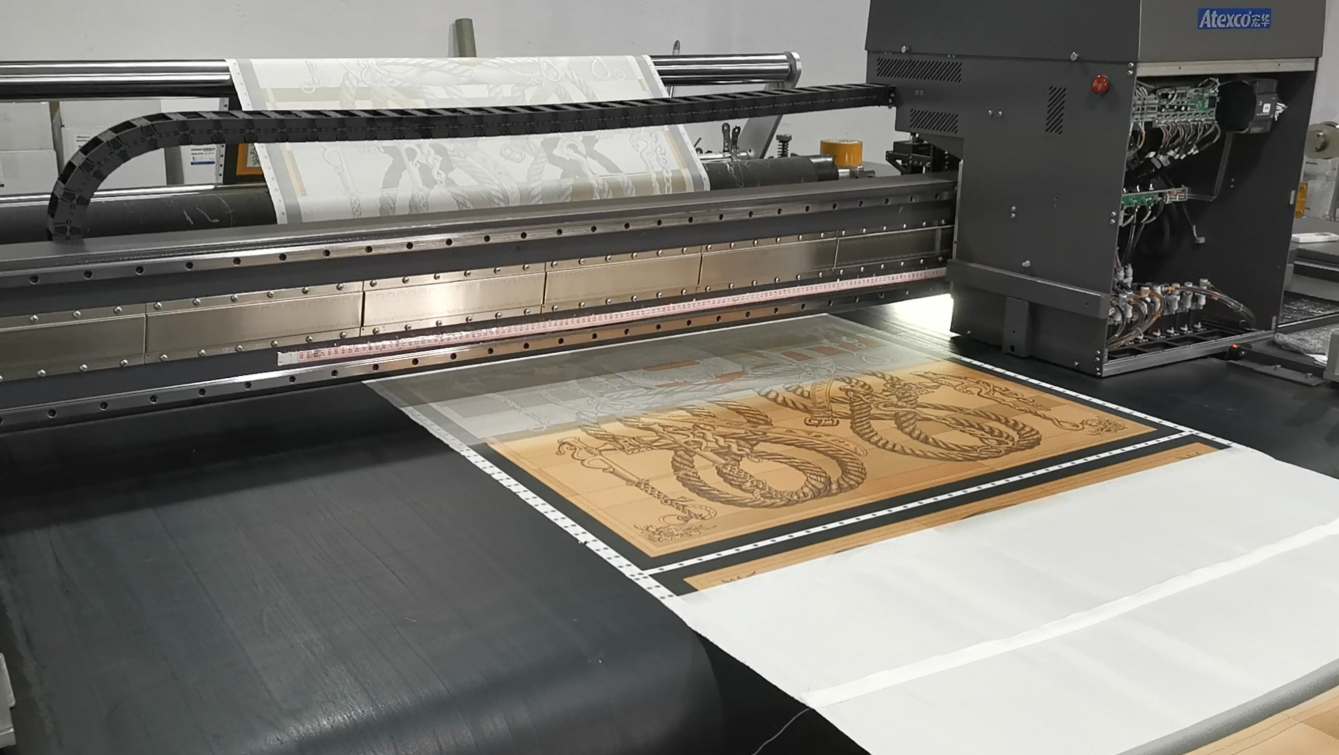
Digital Printing Machine
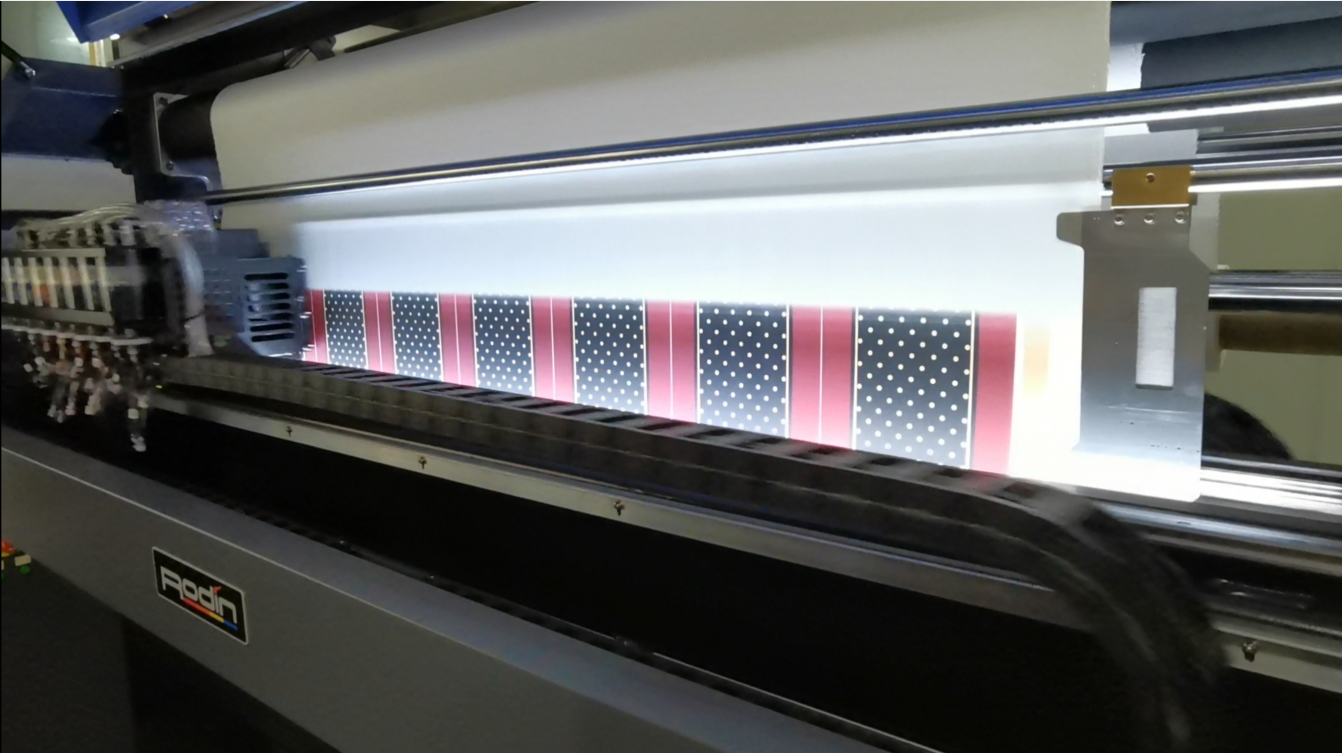
Double-Sided Digital Printing Machine





 English
English German
German French
French Russian
Russian Spanish
Spanish Japanese
Japanese Korean
Korean Portuguese
Portuguese Ukrainian
Ukrainian Arabic
Arabic Italian
Italian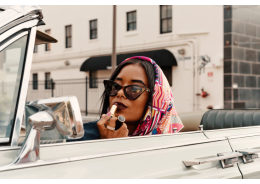











Leave A Comment